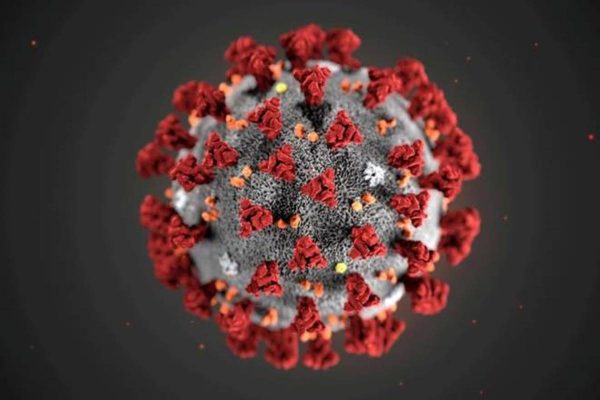Posted inNews
COVID-19 can be Airborne: What is Airborne Transmission?
The World Health Organisation (WHO) on Thursday published an updated version of its scientific brief, Modes of transmission of the virus causing COVID-19. In this scientific brief, WHO has acknowledged…
